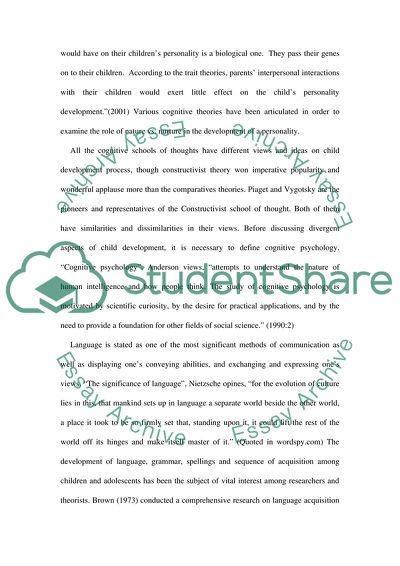Cite this document
(“To what extent do computational models support constructivist theories Essay”, n.d.)
To what extent do computational models support constructivist theories Essay. Retrieved from https://studentshare.org/miscellaneous/1544944-to-what-extent-do-computational-models-support-constructivist-theories-of-development
To what extent do computational models support constructivist theories Essay. Retrieved from https://studentshare.org/miscellaneous/1544944-to-what-extent-do-computational-models-support-constructivist-theories-of-development
(To What Extent Do Computational Models Support Constructivist Theories Essay)
To What Extent Do Computational Models Support Constructivist Theories Essay. https://studentshare.org/miscellaneous/1544944-to-what-extent-do-computational-models-support-constructivist-theories-of-development.
To What Extent Do Computational Models Support Constructivist Theories Essay. https://studentshare.org/miscellaneous/1544944-to-what-extent-do-computational-models-support-constructivist-theories-of-development.
“To What Extent Do Computational Models Support Constructivist Theories Essay”, n.d. https://studentshare.org/miscellaneous/1544944-to-what-extent-do-computational-models-support-constructivist-theories-of-development.


